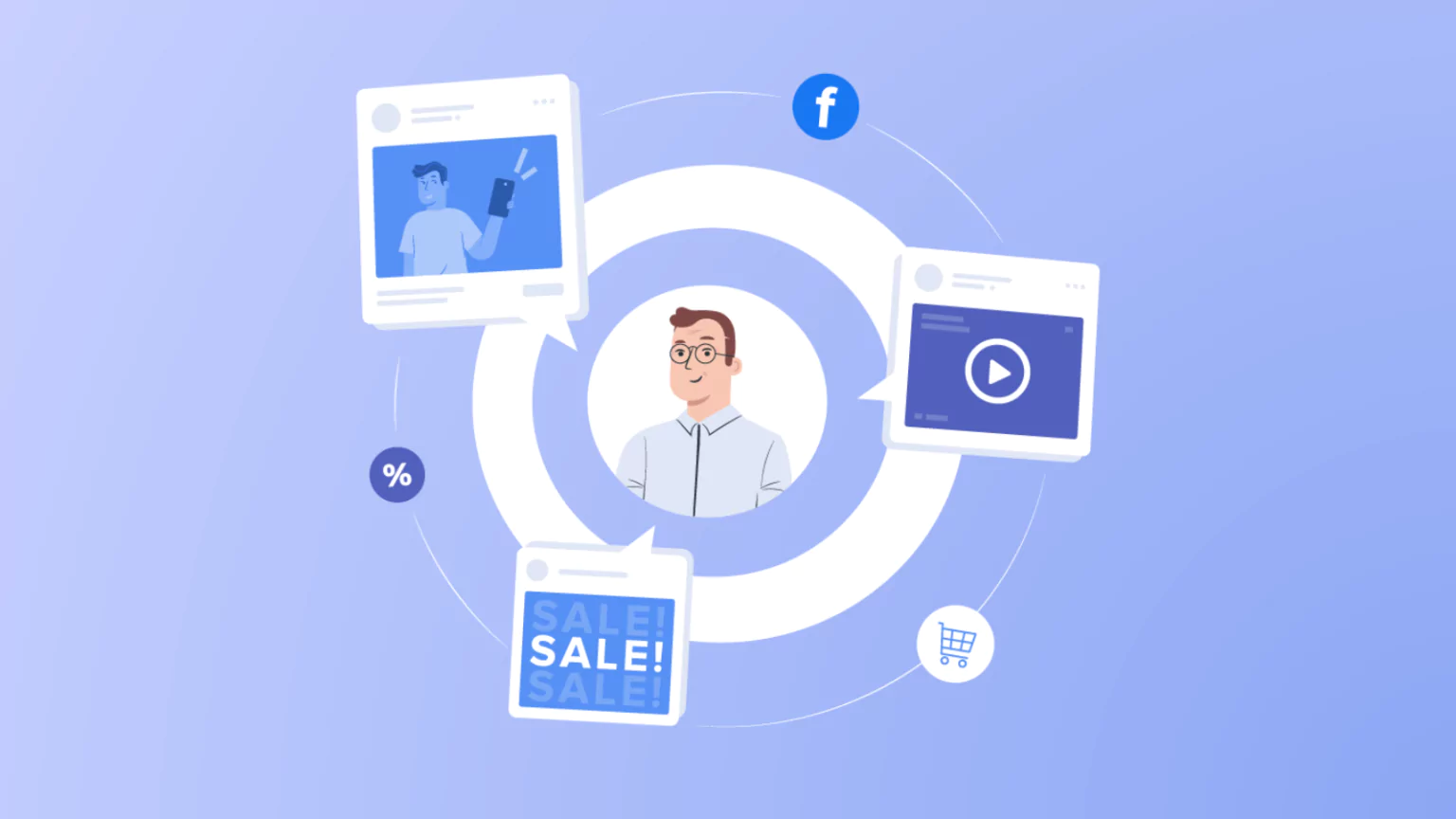
Facebook Re-targeting: What does it mean for advertisers
Digital is an amazing field to work in right now, with a constantly evolving landscape for users opening new channels for brands who want to communicate with them. In the office we’re always on the lookout for new ways to find audiences for our clients, with Facebook being just one of the platforms that we use.
In a nutshell, Facebook’s USP for advertisers is that it harnesses the power of users’ interests to increase relevance and quality of the ads. It gets advertisers more clicks by finding the right audience, earns Facebook revenue and generally keeps its audience happy by showing ads of interest to them.
Industry sites at the moment are swarming with stories about Facebook’s latest developments. Recently their testing of an Exchange cookie-based real-time bidding advertising platform. What does this actually mean? The use of advertising ‘exchanges’ – platforms for buying and selling advertising space – have been increasing in importance over the past half a decade as they make it possible to trade advertising in real time.
What does this mean for advertisers on Facebook? The beauty of exchange buying is that it enables you to target users based on data you hold about them. In other words, for the first time it is now possible to use Facebook as a re-targeting platform. Advertisers and agencies now have the ability to target users as part of an exchange media buy rather than as a separate marketing activity – the same targeting and segmentation strategy they define for their broader display campaigns can in theory be applied on Facebook too. This is set to become a valuable addition to campaigns, using third party data and with Facebook’s ad inventory accessible through DSPs including AppNexus, Turn and MediaMath.
Initial reactions from advertisers have been positive, with Tech Crunch sources saying that results are “in-line with performance of retargeted ads [across the web] that have really high ROI. It’s going quite well.”
And mobile is here to stay. According to Google, 57% of smartphone users access social networks on their phone on a daily basis. Yet on the Facebook mobile app, screen size limitations mean that users are just exposed to sponsored stories and posts rather than the right hand ads. However, with users accessing sites and applications more and more while on the go with Facebook mobile ad network could have great potential for real-time, geo-targeted campaigns to users with time on their hands and to promote offline actions. Zuckerberg is not unaware of the fact that there’s a lot still to do on mobile to capitalise on this.
As the Facebook Exchange rolls out of beta many expect it to be just the start of a bigger transition. At the moment FBX is focused on Facebook’s own advertising space and doesn’t enable advertisers to utilise Facebook’s own data for targeting – you have to bring your own. If the current testing is successful expect both of these elements to change however. Facebook’s IPO was spectacular for all the wrong reasons – using Facebook’s audience data as a targeting tool to run advertising outside of Facebook itself using the same principles of exchange buying seems like a win-win. Facebook could easily continue to scale their revenues without necessarily needing to scale users, and yet they could still preserve the user experience on their own site.
Since the rollout of FBX Facebook have already made another announcement that looks to support this theory. On Tuesday Facebook began testing just such a platform, only rather than running an exchange or network on desktop they jumped straight to mobile. In hindsight that step makes perfect sense – mobile is precisely the space where Facebook is struggling most, so a risking but low profile test there is the perfect move.
What does all this mean for advertisers? Mostly it’s good news – more opportunities and increased competition. Facebook was until recently a restricted platform – good for driving more Facebook engagement but of questionable value when it came to brand building or driving response. That is clearly changing and Facebook are taking advertising much more seriously. What’s more it doesn’t make sense to run your Facebook activity in isolation any more – the power of targeting means there is now no reason for it not to be part of an integrated advertising strategy.


